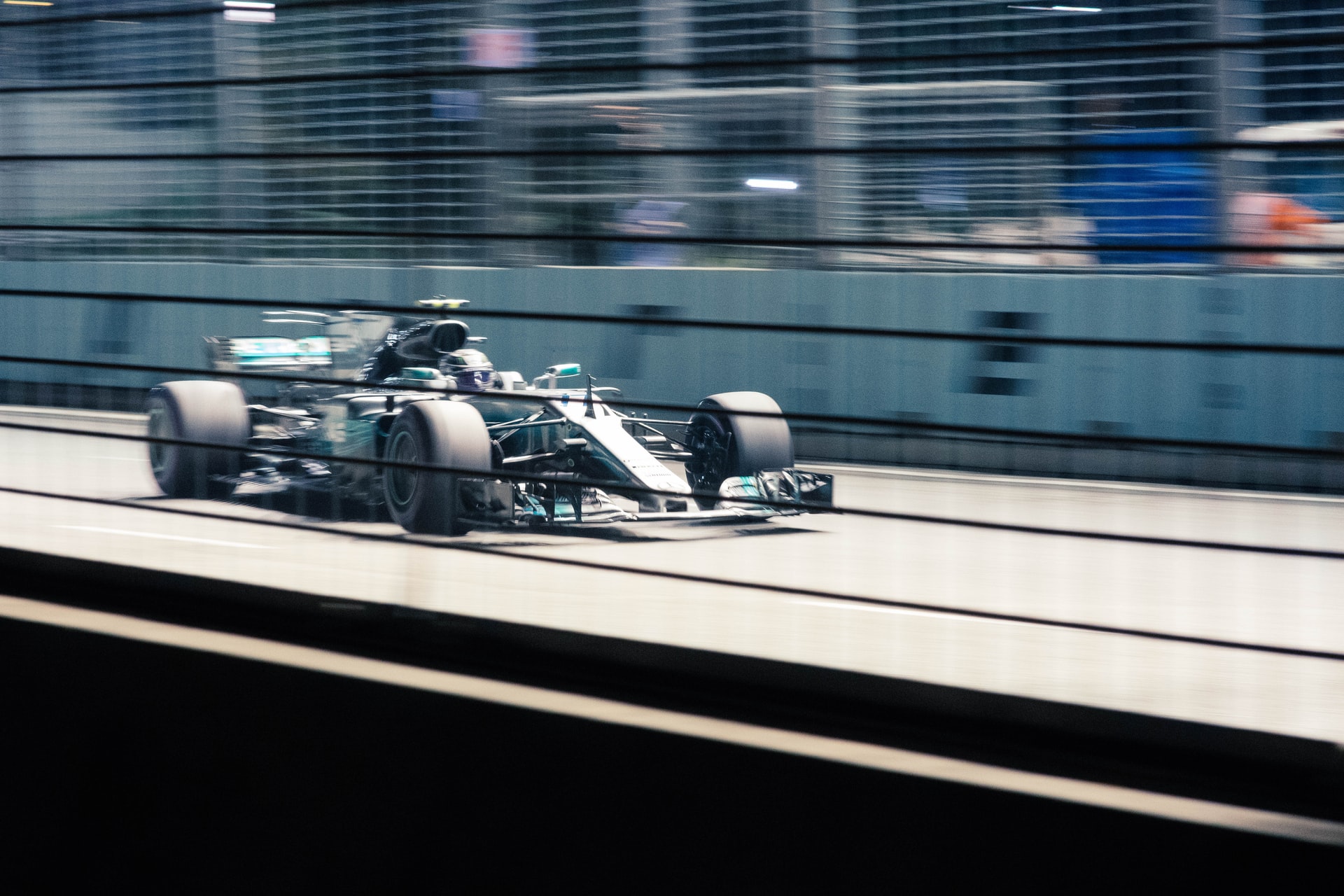Taking good care of your motorcycle is crucial to keep it in perfect condition, so you can enjoy riding it for many years. What’s more, a well-maintained bike is much safer than a neglected one. All it takes is learning and getting to know your bike so you can be able to do some DIY maintenance that could keep you safe and save you lots of money, not to mention the satisfying feeling once you take good care of your motorcycle. When it comes to learning more about your bike, the best thing you could do is read the manual that came with the bike, as it usually includes a chart that lists all the maintenance tasks and all the details about your motorcycle. There are various motorcycle types — from racing motorcycles to scooters, but the main principle for maintenance is the same for all the bikes. Although motorcycle maintenance may seem challenging to rookies, it’s certainly not rocket science and anyone can learn how to do it. So today, we got the X key tips for motorbike care, for all the motorcycle enthusiasts out there.
Check Tire Pressure
Checking your tire pressure is imperative to ensure you’re riding safely. Pressure needs to be balanced — not too low or too high, as it may affect the bike’s handling. Ordinarily, you’ll have to check the recommended air pressure (PSI) on your tire or bike’s manual, then remove the cap located on the inside of the wheel, use a tire pressure gauge to measure your levels, and inflate/deflate according to recommended PSI level.
Replace the Oil
Aiming to keep the engine running smoothly, you’ll have to change the oil for every several thousand miles. Of course, the mileage differs on each engine, so check your manual to see how often you have to change the oil in your case. Begin riding your bike for about five minutes to warm it up a bit, then turn off the engine and remove the drain and oil fill plugs so that oil can escape into the drain container. Next, remove the oil filter (which is a very untidy process, so be prepared for that). Once the oil is fully removed, place a new oil filter, replace all the parts that you removed and refill the oil with the help of a funnel and with a sufficient amount and type of oil, specified in your manual. After that, replace the oil fill cap and you’re good to go.
Replace the Air Filter
An air filter is a very important part of every bike since it keeps all the debris and dirt out of the engine. However, once the filter is clogged and dirty, the engine’s performance will decrease and it needs to be replaced. Although this process isn’t difficult, sometimes it can be time-consuming since you may need to remove the gas tank and other parts to get to the air filter. Once you do, take it out and replace it with a new one, and put everything back in its place.
Replace the Coolant
A coolant is a liquid that prevents your engine from overheating, freezing, and corrosion. Just like other liquids, it needs to be changed from time to time. To begin, remove any necessary parts to gain access to the coolant drain bolt. Place a drain container under the engine and remove the bolt and radiator cap. After the coolant is removed, reinstall the bolt, cap, and other parts that you potentially removed and start the engine to warm it up a bit. After a few minutes, turn it off and wait for an engine to cool down. Once it does, remove the radiator cap and inspect the coolant level. Keep in mind that it needs to be filled with an amount specified in the bike’s manual.
Keep the Chain Clean
The majority of the chains of today are O-ring, which makes the cleaning process much simpler than older, unsealed chains. Once your chain gets dirty or you get to the mileage after which your manual recommends cleaning it, you’ll need to clean your chain. Start by raising the rear wheel of your bike and putting the transmission in neutral, so that chain can move unobstructed. Use a fiber brush to remove grime and rubble from the chain. Then add some specialized chain lube as you rotate the back wheel so it spreads evenly. Let it sit for a few minutes then wipe off any excess lube with a paper towel.







